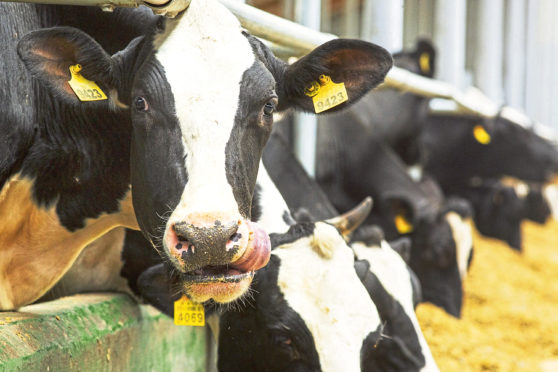Farm leaders have welcomed plans to introduce a statutory code of conduct for the dairy sector.
The code, which will be developed by the UK Government in conjunction with devolved administrations, aims to address unfairness in the dairy supply chain.
It follows a 12-week consultation, launched in June last year, to explore whether regulations needed to be introduced to ensure fair treatment across the UK dairy sector.
Ministers said the new code will seek to provide a guiding framework for the sector, establishing minimum standards but also providing businesses with the flexibility to adapt their contracts to their individual circumstances.
“It is only right that any contracts drawn up between farmers and processors deliver fair conditions across the board, for an industry that works hard year-round to provide the dairy products for which we are world-renowned,” said UK Farming Minister, Victoria Prentis.
“This new code of conduct will crack down on unfair practices within the supply chain, supporting the dairy sector and ensuring that our dairy farmers remain competitive as they look to the future.”
Scottish Rural Economy Secretary, Fergus Ewing, said the code would help ensure dairy farmers can sign contracts that are equitable and provide them with “much-needed stability”.
He said: “The dairy mandatory code of conduct consultation demonstrated that Scottish respondents were the strongest supporters of putting transparency into contracts to protect our farmers.”
In a joint statement, the UK’s farming unions, including NFU Scotland, said: “For too long, dairy farmers have borne far too much of the risk in the dairy supply chain and inappropriate contract terms are often at the root of the problems.
“Contracts have been weighted too heavily in favour of the milk buyer who can change terms and pricing mechanisms, and even introduce price cuts without negotiation, while locking farmers into changes without recourse.”
They welcomed confirmation of the code, but said work must be done to ensure it succeeds.
They added: “It’s essential that the UK dairy market is fit for purpose for all parts of the supply chain.”
